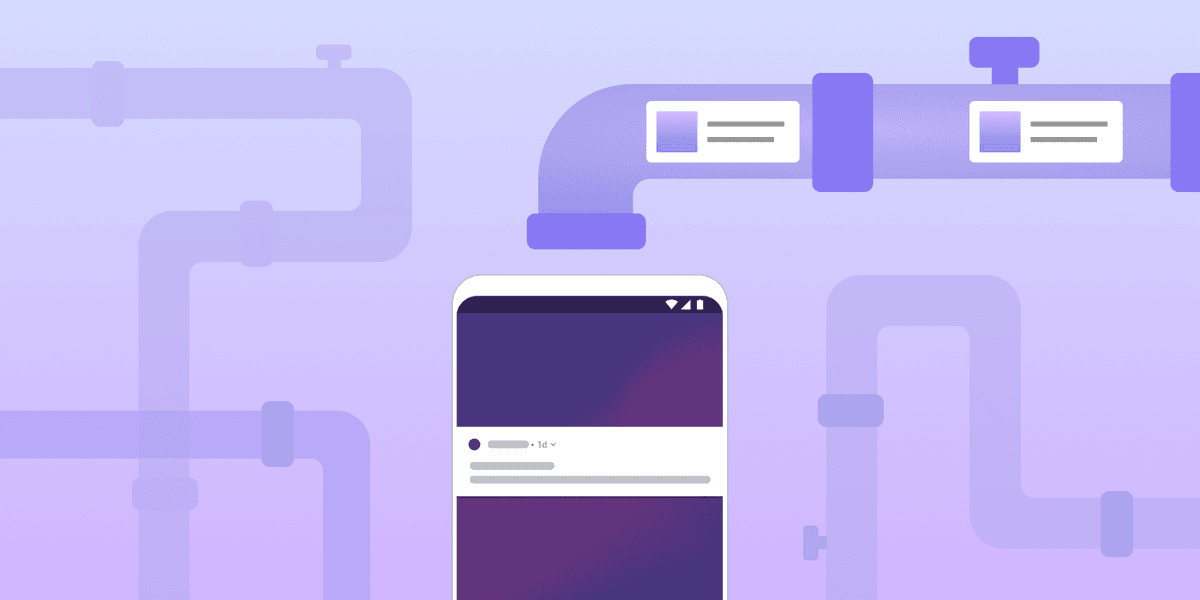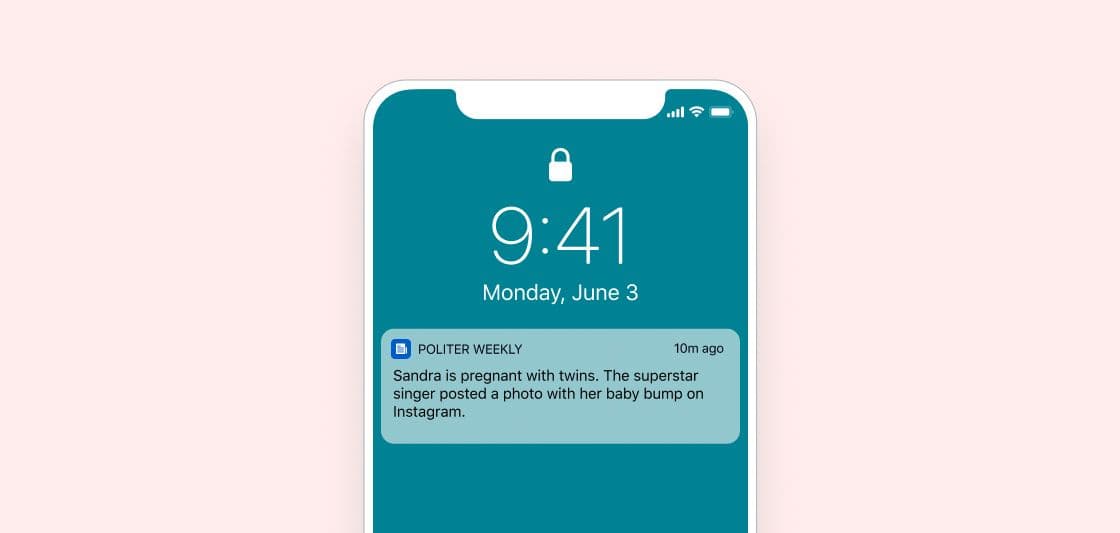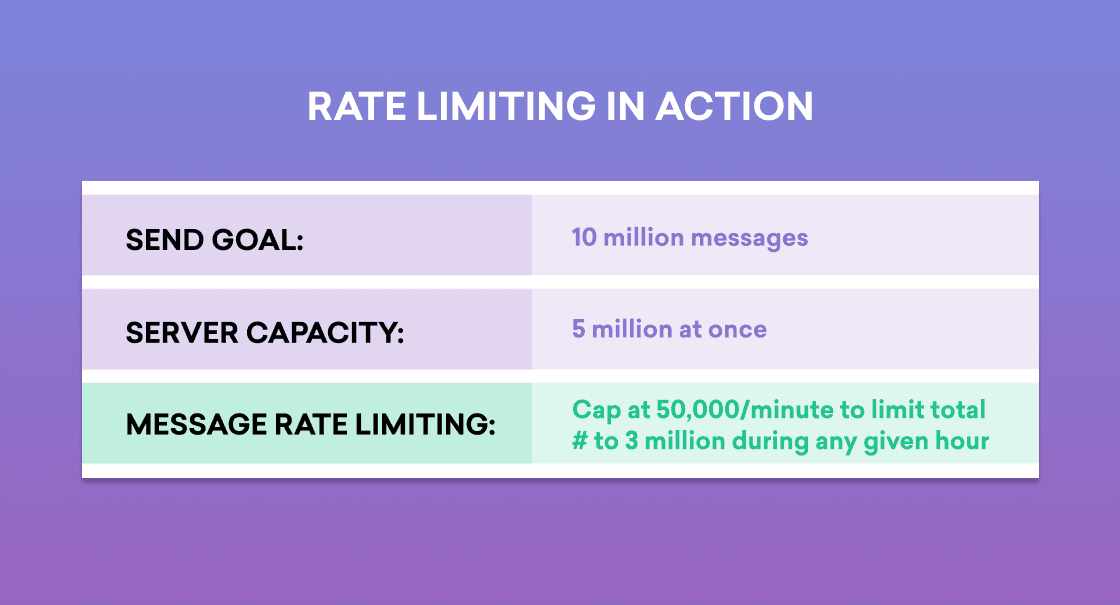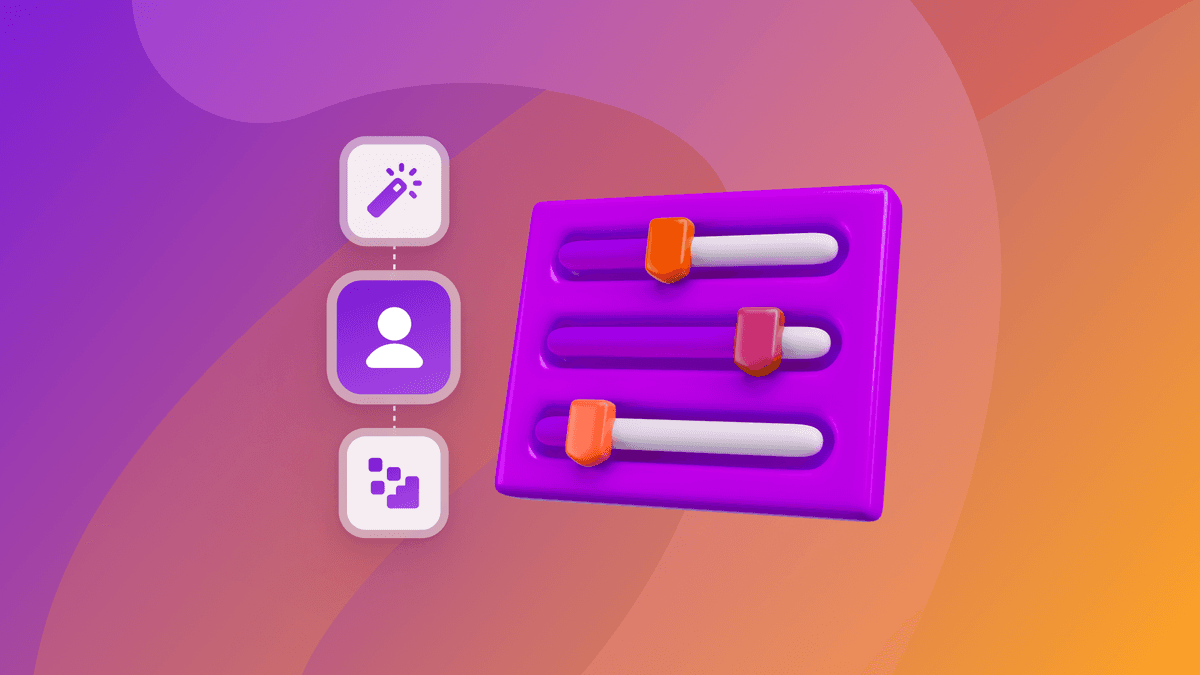Push Vs. Push: Why Some Notifications Arrive Faster Than Others
Published on January 08, 2021/Last edited on January 08, 2021/6 min read


Mary Kearl
WriterPush notifications enable timely communications between brands and customers—but not all push notifications get sent as fast (or arrive at the same time) as others. In some instances, that can lead to delays in otherwise urgent updates, such as flight change announcements, delivery notifications, fraudulent activity alerts, suspicious login notifications, and more.
Just like with data latency, unanticipated delays in push notification deliveries can lead to frustration or broken brand experiences that can undermine the relationship between customer and the brands they patronize. The best way to avoid these issues? Understanding the factors that can influence them. So let’s take a look at some of the technical reasons that some push notifications get delivered faster than others.
1. Send Type: Scheduled Push vs. Triggered Campaigns
For the most part, push notifications get sent one of two ways:
As Scheduled Messages (Not Usually Sent in the Moment)
For topics and outreach that are more evergreen (timeless) in nature, marketers generally create a campaign, choose which audience segments to send the notification to, and then schedule the outreach. These scheduled messages can be one-offs (i.e. “send at 6 pm”) or recurring (i.e. “send every Tuesday at 6 pm) and are an essential part of most brands’ outreach mix, especially for last-minute communications or ongoing campaigns.
Use case: Monthly rewards point balance updates, weekly restaurant recommendations, bimonthly newsletter
As Triggered Messages Via API Campaigns or Action-Based Campaigns (Sent in the Moment)
Not every campaign should be scheduled. For outreach that’s time-sensitive or that’s tied closely to user behavior, marketers often leverage triggered messages—that is, messages that are sent not at a predetermined time, but which are triggered in response to something. These campaigns can be sent in response to user behavior on your app or website via Action-Based Messaging, or activated via API campaigns, based on information or events within a brand’s internal systems.
Use cases: Election results, credit card fraud alerts, urgent order updates

Since scheduled messages are often used by marketers when the outreach isn't urgent or explicitly tied to customer behavior, it makes sense that these types of push notifications don't get sent as fast as push delivered via Action-Based or API campaigns, which are generally used in time-sensitive situations where time and timeliness are of the essence.
2. Data Processing Type: Real-Time vs. Batch Data
Another factor that can impact how quickly push notifications (and other marketing messages) get sent is the type of data processing that's powering your marketing automation platform. Customer data usually gets processed in one of two ways:
- Streaming data (faster processing = faster send times): With this option, data gets processed as it arrives, enabling real-time flow of information across systems, allowing for faster outreach.
- Batch data (processing delays = slower send times): Here, information gets bundled into packages called "windows"—processed in intervals, such as every 24 hours, or once enough data has accumulated to reach a given threshold. In this scenario, the information that gets transferred rarely happens in the moment.
It's easy to picture how these two different types of data processing can impact outreach. Let's imagine Brand A is leveraging real-time data for its outreach. That makes it possible for it to send a timely shopping cart reminder push within a half hour of when a given user abandoned their cart. Brand B, on the other hand, might have a system that won’t process the information related to that user action for another few hours, leading them to send the message much later, even if the cart abandonment occurred at the same time.
3. Send Capacity Issues
It’s not unusual these days for brands to have millions (or even tens of millions) of users, but not every push provider or customer engagement platform is up to the task of sending timely notifications to audiences this big at scale. Without the right infrastructure, it’s possible that some messages in major sends—think holiday promotions or breaking news alerts that are sent to your whole audience—may be delayed due to technical complications, potentially creating a situation where messages sent to two individuals arrive with a significant gap between them.
This kind of issue isn’t a certainty. With customer engagement platforms built with scale in mind, brands can send at this kind of volume without experiencing issues. During Black Friday 2019, our platform at Braze enabled brands to send 1.4 billion push messages worldwide. But supporting this kind of load requires an incredibly stable network, which Braze delivers thanks to a comprehensive overhaul that moved the platform to a cloud-based infrastructure, giving our platform the foundation it needed to handle even the peak-iest of peak messaging periods.
4. Rate Limiting
Massive volume can potentially cause delivery time differences for a different reason. Some brands invest in scalable customer engagement platforms capable of sending massive push campaigns—only to discover that the sheer amount of traffic that they’ve generated from those notifications is more than their app or website can support, causing them to crash and leading to a negative user experience.

Given that, brands sometimes leverage a tool known as rate limiting to keep their website or app servers from going down. If rate limits are in place, then some push notifications will get sent sooner than others, as the messages get staggered and deployed in waves. This makes it possible to get your message out to a massive audience without causing infrastructure issues, but can also lead to some messages being delivered later than other equivalent messages.
5. User Preferences
At the individual user level, some recipients may also receive a given push notification sooner than other users, depending on their individual preferences and engagement level. For instance, if a brand offers a user preference center and Customer A indicates that they only want to receive one push notification a week while Customer B is willing to receive multiple push notifications per day, then these two customers could potentially receive similar notifications at different times.
Similarly, if marketers are using send-time optimization to deploy notifications when customers are most likely to engage, then it’s quite possible that early risers in London will receive a given notification sooner than night owls in New York.
Powerful Push Notifications That Outperform the Rest
While there are a number of factors that can influence when a given push notification is received by each user, it’s important to keep in mind that faster isn’t always better when it comes to push. These messages are known for being timely, but when they’re delayed by customer-centric tools like rate limits or send-time optimization, that’s actually a sign that the brand in question is putting user experience and customer satisfaction first. No one wants to receive messages at inconvenient times...or find that the message they’ve clicked on leads to a crashed website.
Interested in learning more about push notifications and the positive impact they can have on your customer engagement efforts? Get our Push Notifications guide and learn how top brands like Burger King are using this channel to boost their monthly active users by 50%.
Related Tags
Be Absolutely Engaging.™
Sign up for regular updates from Braze.
Related Content
View the Blog
How behavioral marketing turns data into personalized experiences

Team Braze

The new inbox reality: How iOS changes are reshaping email marketing

Aparna Prasad

Experience optimization: Turning data insights into better journeys
